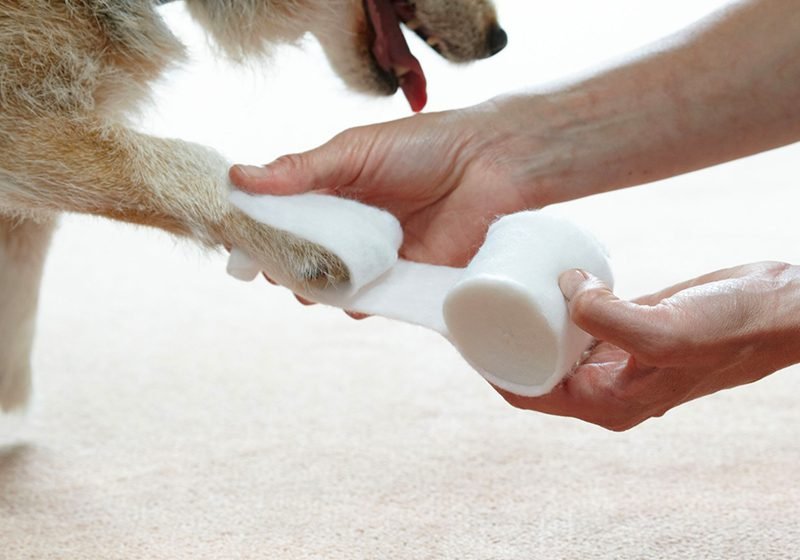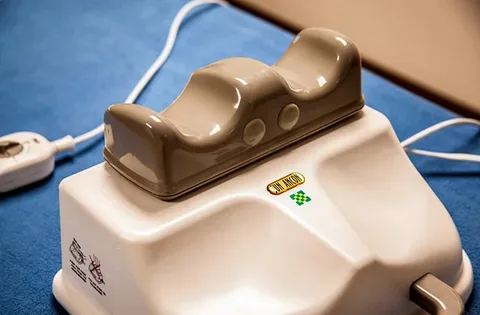When it comes to veterinary medicine, animal wound care can be deemed as one of the most common tasks. Animals are more prone to traumatic wounds than illness and disease. While treating a wound, the end goal is always to restore the tissues in a way that will support the animal in getting back to its prior function.
In this article, we are going to learn more about animal wound care, from its meaning to the types of wounds. So, let’s quickly jump into the information.
Overview of the Global Animal Wound Care Market
Animal wound care mainly focuses on catering to animals and pets with proper products and services for the treatment and management of wounds. These include veterinary medical supplies like dressings, bandages, antiseptics, and other wound-care products which are principally designed for use on pets and livestock. In conclusion, the wound care market plays a crucial role in veterinary healthcare for supporting, healing, and recovering injured animals as well as the well-being of pets.
In 2023, the size of the Global Animal Wound Care Market was evaluated at around USD 1.24 billion, and is expected to grow at a CAGR of around 8.5% during the forecast period, i.e., 2024 to 2030. The rising embrace of pets, advancing veterinary healthcare research, and escalating spending on animal healthcare are the factors propelling the requirement for animal wound care products.
Classification of Wounds in Animal Wound Care
Classifying wounds and assessing the duration and degree of contamination permits veterinary professionals to determine the appropriate treatment plan for animals or pets. The wounds are classified into:
- Open Wounds: An open wound or external wound is a wound in which there is a discontinuity in the skin or other covering tissues to a varying depth. They are further classified into several sub-categories as per their etiology such as:
- Abrasion: In abrasion, there is damage to the skin, consisting of loss of the epidermis, and portions of the dermis.
- Avulsion: It is a wound characterized by the tearing of tissues from its attachments.
- Lacerated wound: This wound is caused by sharp objects. The edges of the wound are smooth, with minimal tissue trauma to the surrounding tissues.
- Punctured wound: It is caused by sharp pointed objects such as nails. They have relatively small opening, but, causes deeper structures might be substantial. Contamination and subsequent infections is a common issue.
- Closed Wounds: Closed wounds are those wounds in which there is no break in the continuity of the skin, but the underlying tissues are damaged to a varying degree. The closed wounds are also called interstitial or internal wounds. These wounds are further classified into:
- Contusion: It is produced by blunt objects. There is damage to the subcutaneous tissues without breaking the continuity of the skin surface.
- Bruise: It is mild-degree of contusion characterized by rupture of capillaries in the skin giving rise to reddish blue coloration of the skin.
Stages of Wound Healing in Animal Wound Care
The wound healing generally occurs in three phases. All of them are discussed below:
- Inflammation and Debridement: This phase starts at the time of injury and lasts up to 3 to 5 days. In this stage, the blood vessels are minimized to control the bleeding. Also, the clots are formed through platelets, thrombin, and coagulation. After that, the flow of blood increases, which causes immediate inflammation & swelling, and white blood cells are initiated toward wound debridement.
- Repair or Proliferation: During this stage of wound healing, the granulation tissue formation starts via collagen synthesis. Plus, Myofibroblasts are stimulated, which helps to contract and help the wound from beginning to end. Also, the Epithelial cells start the procedure of proliferation across the wound bed. The procedure continues from five days to the maturation or remodeling stage.
- Maturation or Remodelling: It is the last stage of wound healing which takes about four weeks after the initial tissue trauma, collagen synthesis supports the ongoing maturation of new skin cells and tissues. This procedure gradually slows, but wound might continue to mature as long as 18 months.
Conclusion
The proper care of bandages, wounds, and drains is essential to ensure optimal success in wound healing and restoration of good health. From the initial assessment and treatment of animal wounds through all stages of its care, the veterinary technician greatly impacts the recovery of patients through diligent monitoring and careful observation. Knowing the principles of animal wound care and the several treatment techniques enables the vet to provide the best level of care, which helps the best outcome for the animals.
Media Representative
Company Name: MarkNtel Advisors
Email: sales@marknteladvisors.com
Visit to know more: https://www.marknteladvisors.com/











































